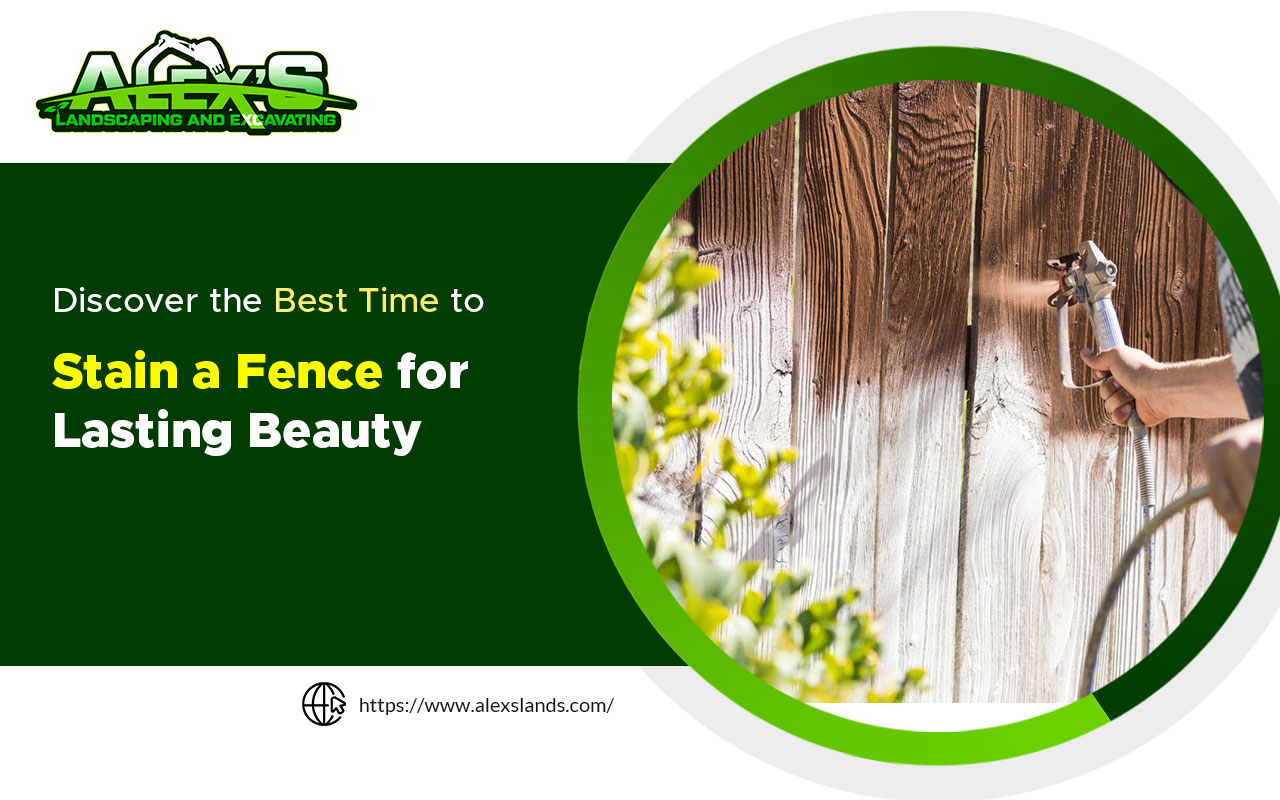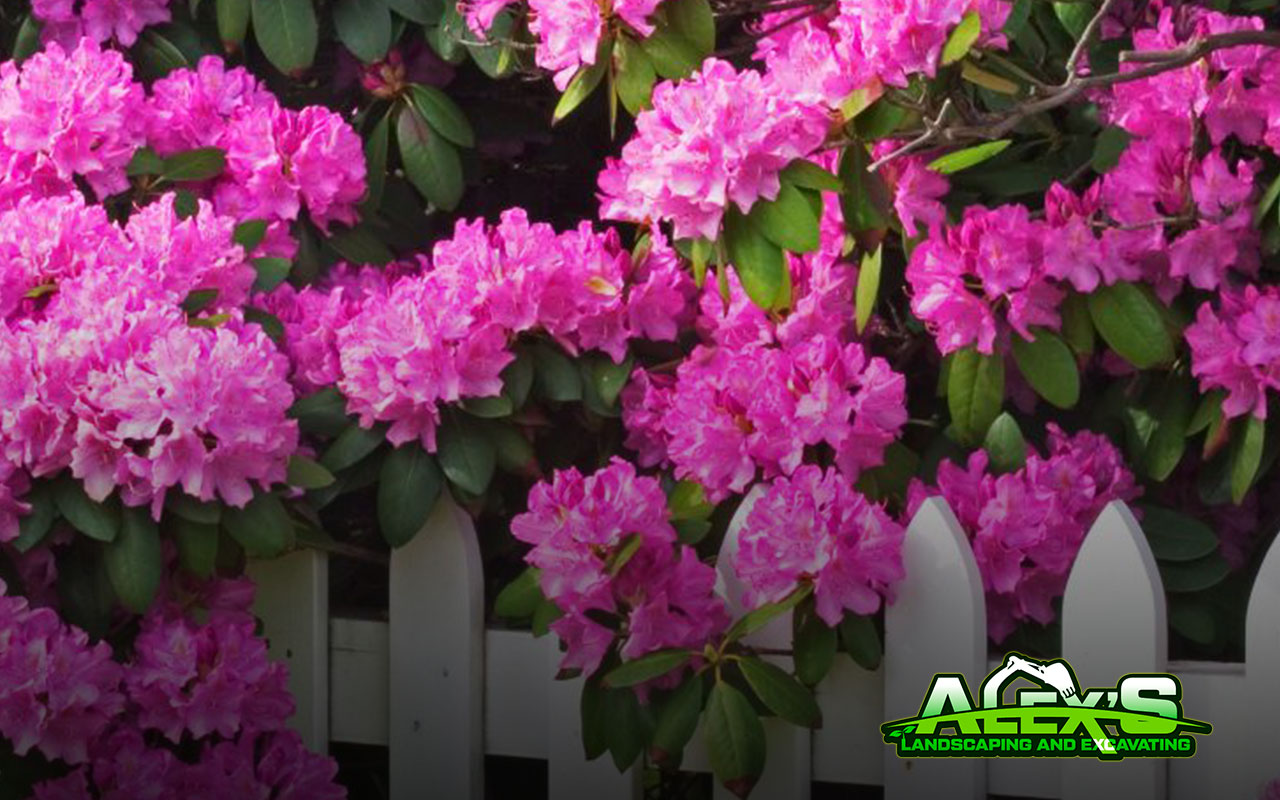
Discover the Best Time to Stain a Fence for Lasting Beauty
Choosing the best time to stain a fence is crucial for achieving long-lasting, beautiful results. This guide provides tips on the best conditions and times to stain your fence, ensuring your outdoor area looks great. Knowing when to stain your fence is vital, whether you do it yourself or hire experts, for a great look and longer life.
Timing Matters: When is the Best Time to Stain a Fence?
Understanding the Importance of Timing
Staining a wood fence isn’t just about picking the right color or type of stain. It’s also about timing. The weather, temperature, and condition of the wood all play pivotal roles in the outcome.
Staining at the wrong time can lead to poor adhesion, uneven color, and a shorter lifespan for your fence. So, let’s delve into what makes for the perfect staining conditions.
Ideal Weather Conditions for Staining
Firstly, the weather is your ally when staining a fence. The best time to stain is on a day with mild temperatures, ideally between 50-80°F. Extreme heat can cause the stain to dry too quickly, leading to streaks and uneven coverage.
Conversely, cold weather can prevent the stain from setting correctly. Don’t stain your fence if it rains within 24 hours; wetness can stop the stain from drying correctly and sticking to the wood.
The Right Season for the Job
Spring and fall typically offer the best conditions for staining a fence. These seasons usually provide moderate temperatures and dry weather, which is ideal for this task. Summer can be too hot, causing rapid evaporation of the stain, while winter’s cold is not conducive for the stain to set well. Additionally, staining your fence in the right season gives it enough time to dry after the rains and before stormy weather starts.
Preparing the Fence for Staining
Preparation is key. The wood must be clean, dry, and free of old paint or stains for the new stain to adhere properly. If your fence is new, waiting a few weeks to several months before staining is advisable.
This waiting period allows the wood to dry out and open its pores, making it more receptive to the stain. Cleaning and possibly sanding are essential for older fences to ensure the stain applies evenly.
Consider the Type of Stain
Different stains react differently to weather conditions. Oil-based stains, for example, are more tolerant of varying temperatures and humidity levels than water-based stains. However, they typically have a stronger odor and longer drying times.
Water-based stains dry quickly and are easy to clean, but need the right weather to work best. Choose the type of stain based on your climate and the specific needs of your fence.
Why Timing is Crucial for Longevity
Applying stain optimally enhances the fence’s appearance and extends its lifespan. Properly stained wood is better protected against UV rays, moisture, and temperature fluctuations, all of which can cause wear and tear over time. Staining at the right time ensures maximum absorption and protection, providing a shield that keeps your fence looking great for years.
The Role of Professional Expertise
You can stain your fence yourself, but professionals know the best products and timing for the job. Experts understand local weather patterns and can advise the best time to stain your fence based on location and climate.
Further Insights on the Best Time to Stain a Fence

Tips for Perfect Staining
- Monitor Humidity: Ensure the relative humidity is below 85% for the best staining results.
- Test the Wood: Sprinkle some water on the wood. If it beads up, it’s not ready for staining. The wood should absorb the water, indicating readiness.
- Plan Ahead: Check the weather forecast for a clear window of at least two days without rain.
- Use Quality Tools: Invest in good brushes or sprayers for even stain application.
- Always Test First: Apply the stain to a small, inconspicuous area first to ensure its correct color and consistency.
Fascinating Facts About Fence Staining
- Staining extends the life of your fence by several years compared to untreated wood.
- Different wood types, such as cedar, pine, or redwood, react differently to stains.
- Transparent and semi-transparent stains are best for showcasing the wood’s natural grain.
- A well-maintained stained fence can last up to 9 years before needing a reapplication.
Enhance Your Outdoor Space with Alex’s Landscaping and Excavating
In the quest for a stunning and durable fence, timing is everything. But knowing the best time to stain a fence is just the beginning. At Alex’s Landscaping and Excavating, we recognize that a fence is more than just a boundary. It also plays a crucial role in enhancing your home’s curb appeal and your enjoyment of outdoor spaces.
Our expert team works with precision and care on every project, ensuring your fence looks great and lasts long. Contact Alex’s Landscaping and Excavating today to schedule a consultation and take the first step toward transforming your fence into a highlight of your home.
